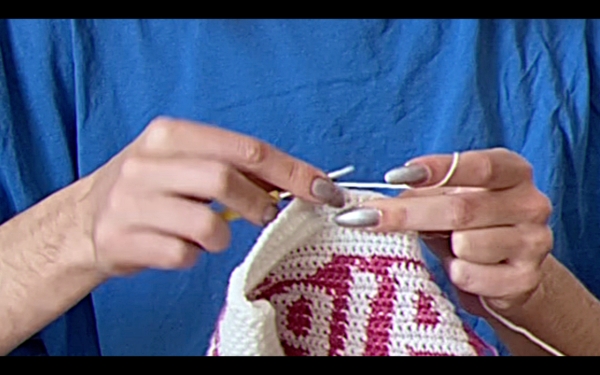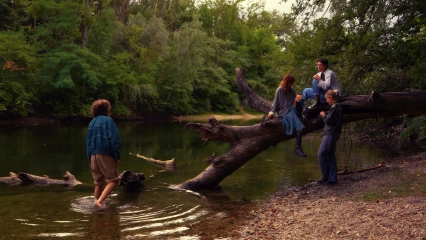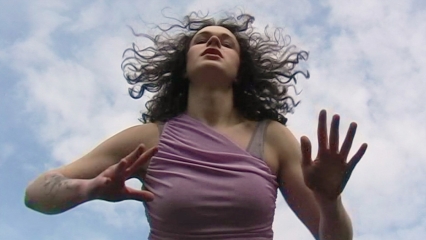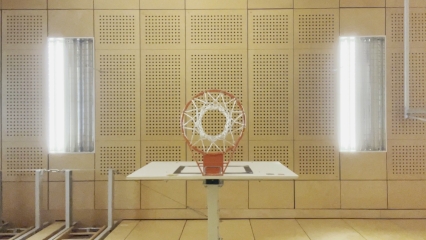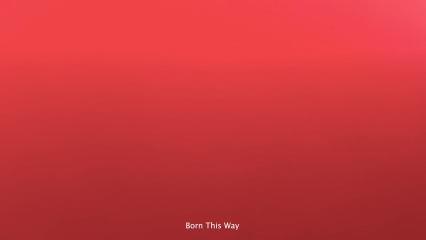As the history of a subculture, queer history
highlights historical gaps. Representations of queer ways of life were, as per prohibitive Austrian laws, overwhelmingly ignored
in film and television well into the 1990s. The abolition of the complete ban on homosexuality in 1971 was followed by four
new paragraphs in the penal code, including a ban on advertising and clubs that lasted until 1996. This makes ephemeral audiovisual
traces of the LGBTQI+ community even more meaningful (from home movies to club films and activist videos). These films and
videos are resources for emancipatory utopias of subjectivity, sociability, and collectivity. Under the working title of "Rainbow
Films," they have served at the Film Museum to consider questions relating to curating and visual ethics. They form the starting
point for the project Vienna Queerstories – a collaboration with the department of Applied Photography and Time-Based Media
at the University of Applied Arts.
While queer ways of life proliferate today and benefit from
more public visibility, they are also confronted by a new wave of homo and transphobia. In the everyday work of applied photographers
producing images, publicly accessible images pose the question of how queerness, gender, corporeality, and sexual identity
can be portrayed outside of cliches. This year, they have once again looked for possibilities in free, miniature films inspired
by glimpses into the collection. (Katharina Müller & Caroline Heider / Translation: Ted Fendt)
Mit
Maximilian Bauer, Nikola Biscan, Elif Gündüz, Jul Marian, Kia Sciarrone, Anna Skuratovski und Lukas Thüringer.In the series Artistic
Research as Program



